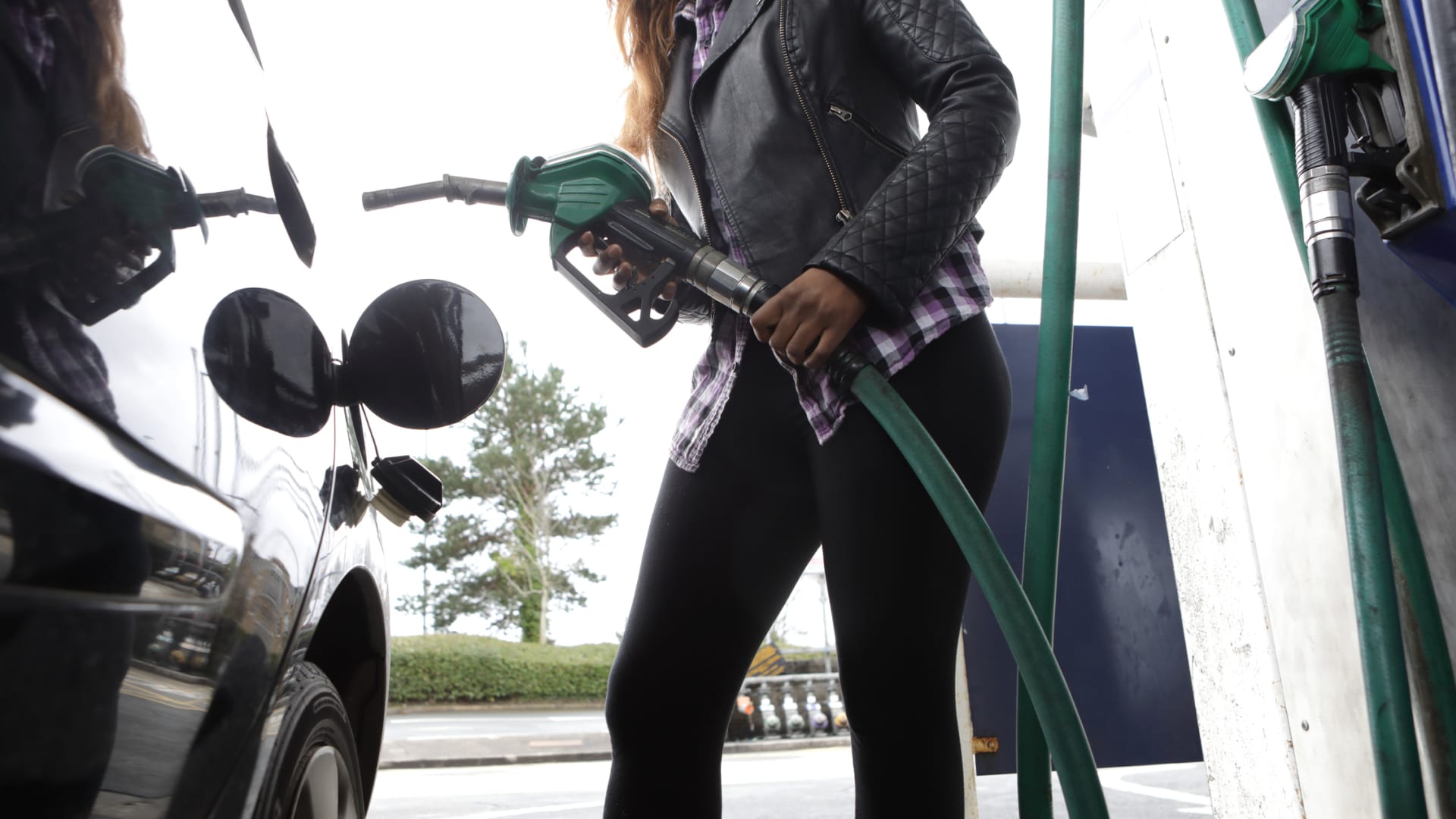Record high inflation and gas prices have many Americans hoping for financial relief.
And in California, that’s exactly what approximately 23 million residents stand to get, thanks to the state’s new budget deal, which is slated to give qualifying taxpayers new direct payments.
Democratic California Gov. Gavin Newsom and Democratic legislative leaders agreed on a $17 billion relief package that includes $9.5 billion in inflation relief funds. Those estimated 23 million California taxpayers will receive between $200 and $1,050 by early next year.
“Millions of Californians will be receiving up to $1,050 as part of a NEW middle class tax rebate,” Gov. Newsom tweeted on Sunday.
More from Personal Finance:
58% of Americans live paycheck to paycheck after inflation spike
How much money gas tax holidays save drivers
Pandemic-era stimulus checks rewired how some see money
“That’s more money in your pocket to help you fill your gas tank and put food on the table,” he wrote.
Who may qualify for ‘inflation relief’ checks
Those with up to $75,000 in income, or $150,000 if married and filing jointly, will receive up to $350 per tax filer, plus $350 if they have one or more dependent. Thus, joint filers with at least one dependent stand to receive the highest possible sum of $1,050.
California filers with incomes above that first tier, but less than $125,000 in income if single or $250,000 if married and filing jointly, may receive $250 per filer, plus another $250 if they have at least one dependent.
Those with incomes above that second tier but below another set of thresholds — individuals with less than $250,000 in income, or $500,000 if filing jointly — may receive $200 per filer, plus another $200 if they have any dependents.
Those with incomes above that third tier would not be eligible for rebates.
“It seems that what everybody wants from their state lawmakers right now is help reconciling and addressing the fact that many families are really struggling with inflation and other pressures while state budgets and corporate profits are doing very well,” said Dylan Grundman O’Neill, senior state policy analyst at the Institute on Taxation and Economic Policy.
California’s proposal is a “pretty good example” of reconciling that by delivering help to the families who most need it, he said, with the highest payments concentrated on the first income tier.
What we know about whether other states will follow
Other states, such as Maine, New Jersey and New Mexico, have also made efforts to provide direct relief payments to residents, according to O’Neill.
Moreover, many states are in talks to implement gas tax holidays, and some have already temporarily suspended those levies.
Sending direct checks is a better way of acknowledging that people are struggling in different ways, O’Neill said.
But the Golden State’s move is unlikely to inspire other states to follow, at least for now. One reason for that is most states are done with their legislative sessions for this year.
California’s payments will set a new standard because of the large size of the credit, O’Neill said.
California has more flexibility to send these kinds of payments because its budget is one of the largest in dollar terms and they have the biggest surplus on record of any state, he said.
“They have a highly progressive tax code that is bringing in a lot of revenue from the profitable corporations and wealthy individuals that are doing the best in this economy right now,” O’Neill said.
